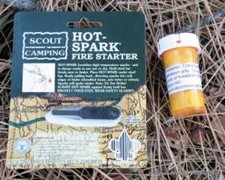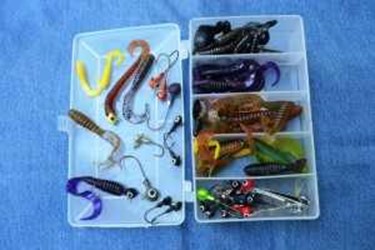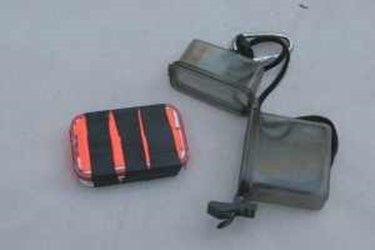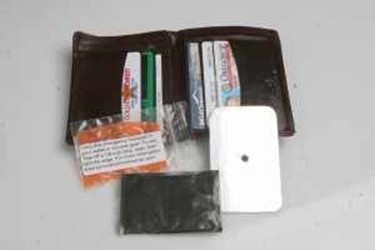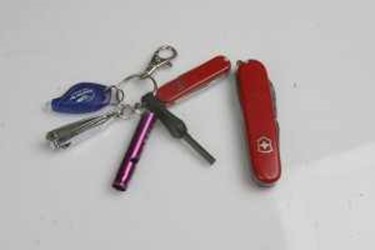Mac Slavo, SHTFplan.com-In recent month’s ammunition has slowly began appearing on store shelves at major retailers in the United States. But after nearly two years of shortages that had ammunition manufacturers running their factories 24 hours a day, 7 days a week because of consumer demand and massive government purchases, it appears that another supply pipeline may have been cut. If you don’t already have it then prepare to go without or pay double the price or more in coming days and weeks: “In the wake of the Sandy Hook tragedy and fears of new control legislation from the Obama administration, extreme shortages of ammunition have been sustained over the past 12-24 months, as panicked Americans have raided the shelves of Cabelas and gun-shows across the country buying literally every round they can get their hands on.
Combined with multi-billion round purchases from gov’t 3 letter acronyms such as the DHS and FBI, (including even the USPS and IRS), the shortages have continued even as manufacturers have responded by drastically increasing production.
Over the past 6-12 months, shortages of some calibers such as 7.62 used in the popular AK-47 semi-automatic weapon have been alleviated somewhat via massive imports of Russian production.
That is about to change.
The largest wholesale gun & ammo distributors in the US have informed us in private conversation today that a massive scramble is on for all 7.62 as Russia has reportedly halted all exports to the US of Russian made ammunition.
Our distributor source informed us that yesterday they had several hundred thousand rounds of Russian made 7.62 TulAmmo, and after receiving word early today on the halt of Russian exports to the US, they have been completely wiped out of every last round in the past 10 hours!
We have only several days supply of 7.62 on hand currently at SDBullion under normal market conditions, and expect it will disappear as quickly as 22 LR once word of the Russian export halt spreads.
While Obama and Kerry threaten Russia with economic sanctions over the Ukranian crisis, it appears that Putin has quietly taken the first step and launched economic sanctions of his own against the US.
We have a feeling that we are seeing only the beginning.
Via Silver Doctors
If this report is accurate, then the motivation may not necessarily be to cut off ammunition to U.S. gun owners. Perhaps Russia is just ensuring that they have plenty of ammo on hand in the event that a Russian invasion of the Ukraine is initiated by Vladimir Putin.
Whatever the case, this report highlights, yet again, how important it is to have necessary supplies on hand before a major crisis, announcement or political shift.
When the Fukushima radiation plumes began making their way towards the United States and the Department of Homeland Security announced that Americans should have Potassium Iodide on hand to help fight thyroid absorption Americans across the country panicked. The price of a single bottle of KI went from the manufacturer suggested retail price of around $20 to a whopping $200 per bottle on auction web sites.
After Sandy Hook, as the anti-gun faction of our government began moving to restrict the ownership of firearms and ammunition, prices skyrocketed 300% and shelves were emptied within days.
And, as we’ve seen during critical emergencies like Hurricanes Katrina and Sandy, as well as the ice storms that hit the eastern half of the United States in the last few months, grocery stores were cleaned out within hours.
If you’re one second late, you’ll be out of luck.
Develop a comprehensive preparedness plan today and start stocking up.
———————
From The Firearm Blog, by Steve Johnson-There has been a lot of speculation online about how the Ukrainian Revolution of 2014 will effect ammunition supply in the West. There is one large ammunition exporter in Ukrainian called Lugansk Cartridge Works (LCW). They manufacture 5.56mm, 5.45mm, 7.62x39mm, 7.62x54mm, 9x19mm and 9x18mm cartridges. Their rounds are made with steel-core FMJ bullets for military use and lead-core for consumer use. They export cartridges under their own brand but, more importantly, have been known to manufacture ammunition on behalf of international brands. They are known, for example, to make ammunition for Wolf.
Start now to make sure you are staying prepared.
Via: SHTFplan
 Follow
Follow

